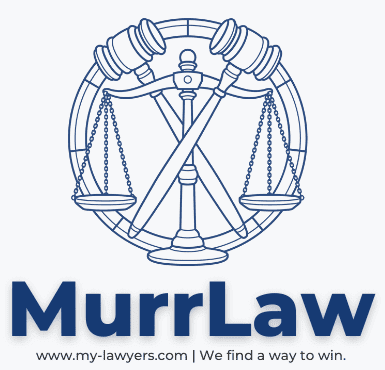Victims of Wild Fire Damage Seeking Insurance Recovery

Wildfires can turn lives upside down,
leaving behind damaged homes, disrupted communities, and scarred landscapes.
After such devastation, figuring out your insurance coverage can feel like an uphill battle.
But don’t worry—you’re not alone.
By understanding your insurance policy and knowing your options, you can take confident steps toward protecting what matters most and starting the journey to rebuild your life.
Steps to Help You Review and Navigate Your Insurance Coverage After Wildfire Damage:
1. Review Your Policy:
Start by thoroughly reviewing your insurance policy to understand what is covered and what is not. Look for specific provisions related to fire damage, including coverage for your home, personal belongings, additional living expenses, and any other structures on your property.
2. Know Your Coverage Limits:
Pay attention to the coverage limits outlined in your policy. Make sure they are adequate to cover the cost of rebuilding or repairing your home and replacing your belongings. If you’re unsure about your coverage limits, consider consulting with your insurance agent to discuss your options.
3. Understand Additional Living Expenses Coverage:
Many insurance policies include coverage for additional living expenses (ALE) incurred if you are unable to live in your home due to wildfire damage. This coverage typically includes expenses such as temporary housing, meals, and transportation. Keep track of all expenses related to temporary housing and other necessities, as you may be reimbursed for these costs.
4. Document the Damage:
As soon as it is safe to do so, document the damage to your property by taking photographs or videos. Make a detailed inventory of damaged or destroyed items, including their value and any receipts or documentation you have. This documentation will be essential when filing a claim with your insurance company.
5. File Your Claim Promptly:
Don’t wait to file your insurance claim. Contact your insurance company as soon as possible to report the damage and begin the claims process. Be prepared to provide detailed information about the extent of the damage and any supporting documentation you have gathered.
6. Be Patient and Persistent:
Dealing with insurance claims can be a lengthy and frustrating process, especially in the aftermath of a natural disaster. Be patient and persistent in following up with your insurance company and providing any additional information they may request. Keep records of all communication with your insurer, including dates, times, and the names of any representatives you speak with.
7. Consider Additional Coverage Options:
Depending on where you live and the level of risk, you may want to consider additional coverage options to supplement your existing policy. This could include wildfire insurance, which provides specialized coverage specifically for wildfire damage, or umbrella insurance, which offers additional liability protection beyond what is included in your homeowners policy.
8. Seek Assistance if Needed:
If you encounter difficulties or disputes with your insurance company, don’t hesitate to seek assistance from a public adjuster, an attorney specializing in insurance law, or your state’s department of insurance. These resources can provide guidance and support to help ensure you receive fair treatment and compensation.
Conclusion:
Dealing with insurance after wildfire damage can feel overwhelming, but with the right steps, you can protect your assets and work toward recovery. Review your policy, document the damage, and file your claim promptly.
And remember, you don’t have to face this alone.
We find a way to win.
If you or someone you know has been affected by a wildfire and has an insurance claim, Call Us Today. Our team is ready to help you fight for the compensation you deserve.
Get In Touch
How Can We Help?
We will be contacting you soon
